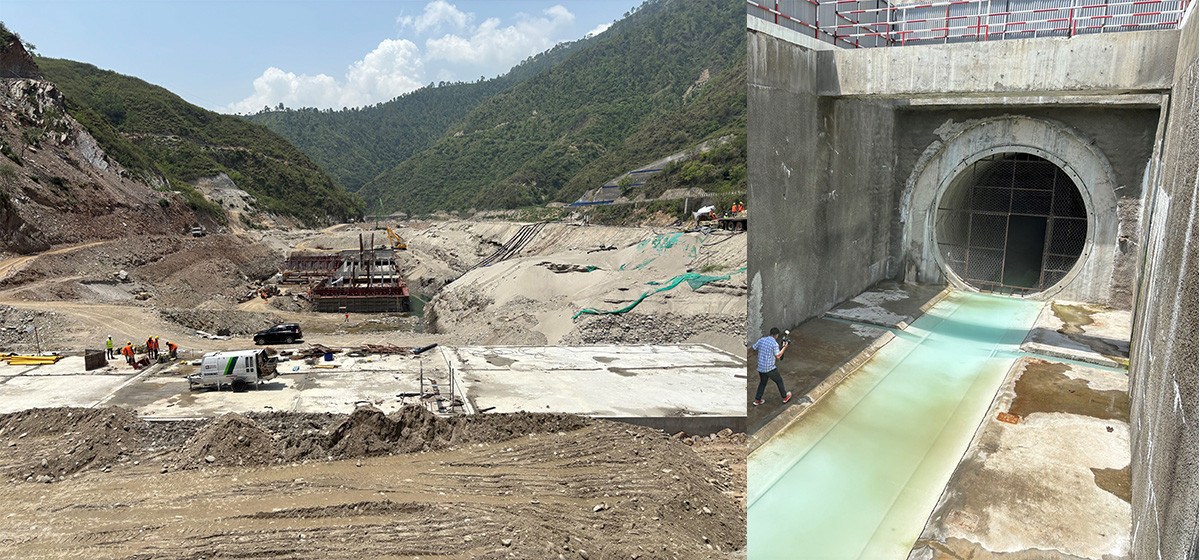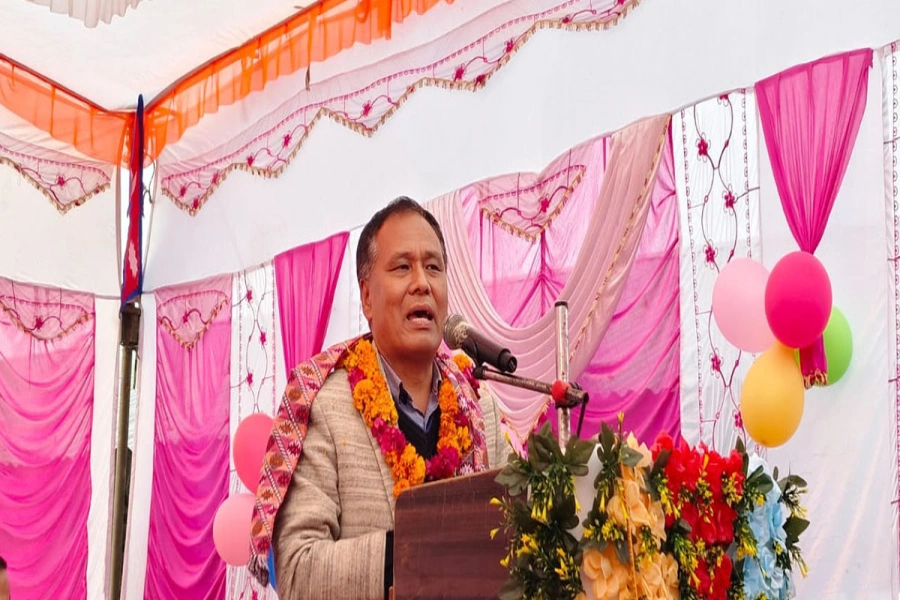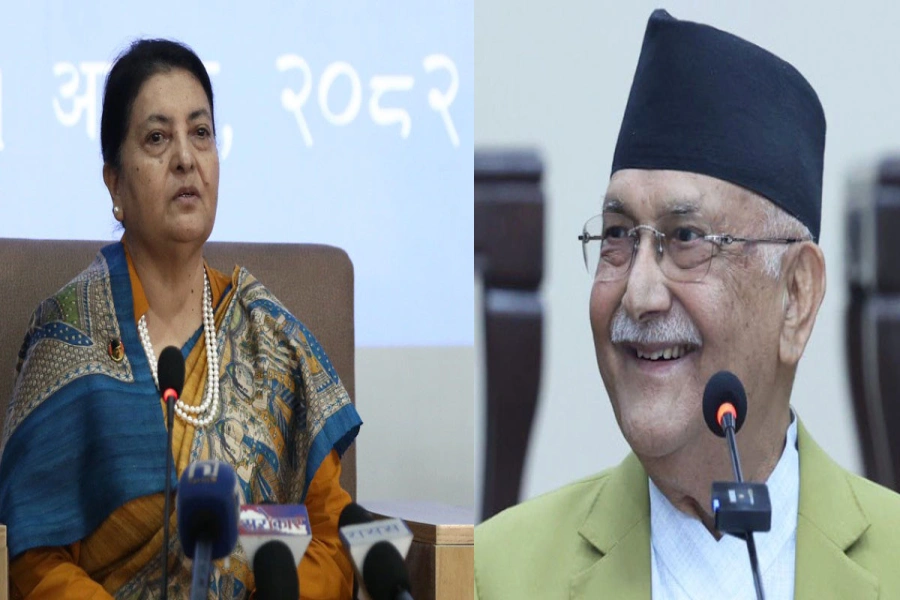KATHMANDU, June 25: Nepal Rastra Bank (NRB) has shown flexibility in expanding credit flow to the primary sectors with the extension of the timeline given to banks and financial institutions (BFIs) to provide prescribed loans in specified areas.
Amending the Unified Directives for Banks and Financial Institutions 2024, the NRB has given the BFIs an additional one year to meet the required minimum threshold for sectoral credit. In the revised arrangement, commercial banks have been given a deadline of mid-June 2028 to meet the minimum 15 percent credit limit for the agricultural sector and small and medium enterprises. Earlier, the deadline was set for mid-June 2027 to establish such sectoral credit limits.
In the new rule, commercial banks will have to increase the credit flow to agriculture, micro, cottage and small industries to 11 percent by mid-June 2025, while the timeline to increase the limit to 12 percent and 13 percent has been set for the end of the two consecutive fiscal years, taking its finally to 15 by the end of FY 2027/28.
Revised interest rate corridor system introduced

According to the NRB, the deadlines for development banks and finance companies have also been extended by an additional one year in this regard. Now the development banks will have to maintain a minimum of 20 percent of their credit flow, whereas the ‘C’ category financial institutions will have to make it 15 percent in the prescribed sectors including agriculture, household, micro and small enterprises, energy and tourism sectors by the end of FY 2027/28.
The central bank has made arrangements to allow commercial banks that have already disbursed the minimum percentage of loans designated in the agricultural sector, to channelize the allocated amount in other specified sectors of their expertise. Such disbursed loans can also be counted as the part of the primary sector loans, according to the NRB.
Likewise, the NRB has also permitted the BFIs to reschedule and restructure sectoral loans of up to Rs 20 million. “In the case of loans up to Rs 20 million provided to agriculture, energy and micro, household, small and medium enterprises that have been facing financial problems due to some adverse situations, the BFIs can reschedule or restructure the payment time for a one-time by recovering at least 10 percent of the accrued interest at the request of the borrower,” reads the amended directives.
The loan restructuring and rescheduling however are subjected to certain conditions. According to the central bank’s guidelines, the BFIs are required to complete the rescheduling or restructuring of the primary sector loans by mid-October 2025, while such loans must be maintained in the same category as they were defined as of mid-January 2024. Likewise, the BFIs have been asked not to ‘write back’ the loan loss provisions separated for these loans before the implementation of rescheduling or restructuring.




































